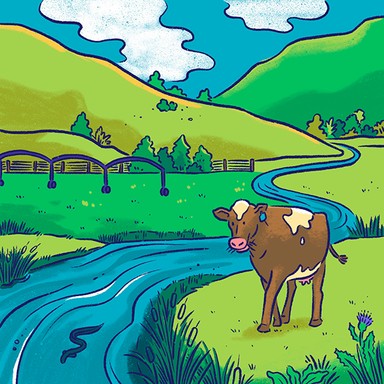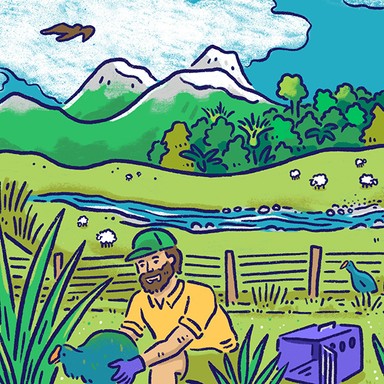
Greater Wellington Regional Council

Freshwater
The worsening state of New Zealand’s lakes and rivers is a major challenge for regional councils, which play a leading role in managing freshwater in their areas. To this end, regional councils create plans to protect water resources from contaminants and overuse.

Freshwater
The worsening state of New Zealand’s lakes and rivers is a major challenge for regional councils, which play a leading role in managing freshwater in their areas. To this end, regional councils create plans to protect water resources from contaminants and overuse.
Fund the eradication of barriers to fish passage.
End wastewater overflow into streams, rivers and oceans entirely within a generation.
Seek opportunities to develop and restore wetland habitat.
Improve water quality. Monitor and identify where land use practices diminish water quality so that appropriate mitigations can be pursued.
Protect our aquifers. Research aquifer water use impacts to inform policies, guiding how we make sustainable use of this precious resource.
Involve our community. Share the science to raise understanding of how to improve freshwater quality and support local community responses.
Repair the Hutt River. As noted, it desperately needs a massive riparian planting from Totara Park south to improve habitat and biology.
Expand the monitoring and sampling network of all rivers to evaluate the conditions for both human recreation and biological indicators.
Get the leaky pipes fixed and actively monitor where and when loss is occurring.
Fund the eradication of barriers to fish passage.
End wastewater overflow into streams, rivers and oceans entirely within a generation.
Seek opportunities to develop and restore wetland habitat.
Improve water quality. Monitor and identify where land use practices diminish water quality so that appropriate mitigations can be pursued.
Protect our aquifers. Research aquifer water use impacts to inform policies, guiding how we make sustainable use of this precious resource.
Involve our community. Share the science to raise understanding of how to improve freshwater quality and support local community responses.
Repair the Hutt River. As noted, it desperately needs a massive riparian planting from Totara Park south to improve habitat and biology.
Expand the monitoring and sampling network of all rivers to evaluate the conditions for both human recreation and biological indicators.
Get the leaky pipes fixed and actively monitor where and when loss is occurring.
Mayor
Compare the mayoral candidates in your area
Local council
Compare the candidates for your city or district council
Regional council
Compare the candidates for your regional council
Local board
Compare the candidates for your local or community board






